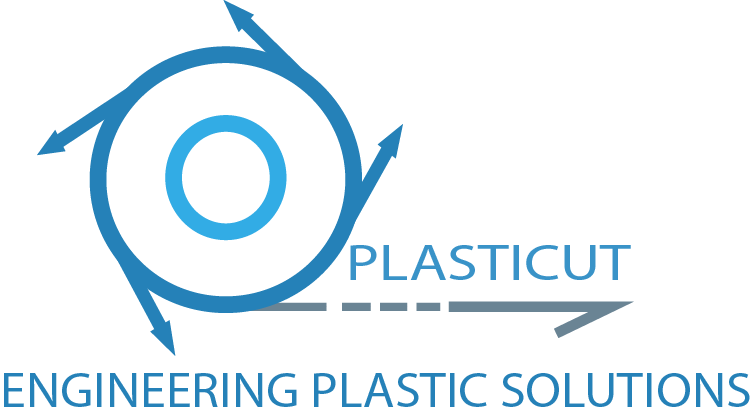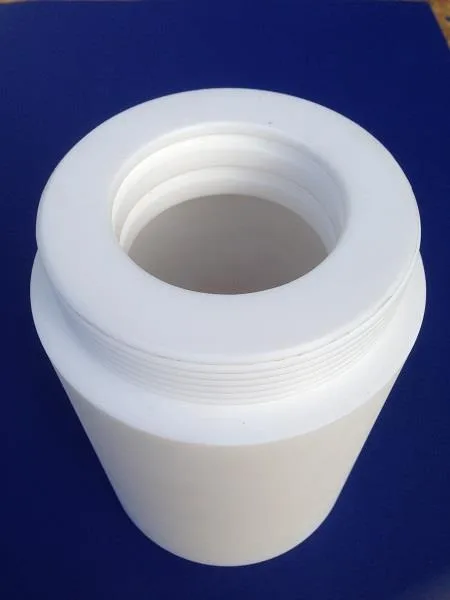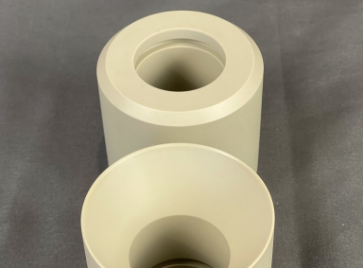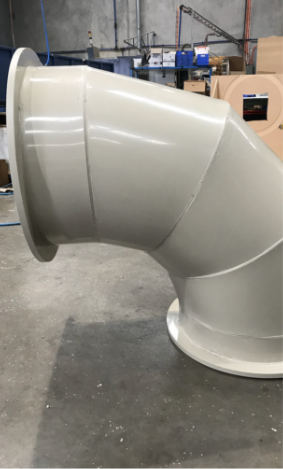Polypropylene (PP) is a type of thermoplastic polymer that is becoming more and more known nowadays because of its numerous favorable properties and ways that can be done with it. It is a form of plastic that is used in many industries and which can be found in everyday products from food packaging to car bumpers. In this post, we will have a closer look at what polypropylene (PP) is, it’s types and properties as well as its advantages and uses.
What is Polypropylene?
Polypropylene (PP) is a synthetic polymer synthesized from propylene – a byproduct of the oil refining process. It is a polymer type created through a process called polymerization, where many propylene molecules are bonded together to form chains of polymer molecules. As a result, the final product is a resilient and light product which can be shaped and molded into different shapes and designs easily. Polypropylene is recyclable too thus making it an environmentally friendly choice.
Types, Properties, and Uses
There are different types of polypropylenes (PP), each with unique properties and characteristics which makes it suitable for different applications. The most three common among them are HomoPolymer, CoPolymer, and Random CoPolymer.
- HomoPolymer- This type of polypropylene (PP) has high strength-to-weight ratio which makes it suitable to create robust products such as furniture, pipes and car components. It also has good heat resistance and it is widely used in food packaging and laboratory equipment.
- CoPolymer – CoPolymer of polypropylene has a more bendy structure and lower melting point than HomoPolymer, which facilitates its use in the production of ropes and textiles that require elasticity. It also has good chemical resilience, suitability for applications in chemical tanks and tubes.
- Random Copolymer – Random copolymer has a random molecular arrangement which causes its lower melting point and higher transparency compared to other types. It is frequently applied in the packaging industry especially for the manufacture of clear plastic containers and films.
Among its different types, polypropylene (PP) also has a range of properties which make it a preferred material by many users. It is lightweight thus easy to carry and use, and also durable, with high tensile strength and abrasion resistance. It is also resistance against heat, moisture, and chemicals enabling its applications in different surroundings.
Advantages
The multifunctionality of polypropylene renders it a vital substance in many industries. The of polypropylene (PP) advantages include:
- Inexpensive – The polypropylene (PP) is a low-cost alternative compared with other types of plastic hence it is the number one choice of many ventures It low cost and ease of production, makes it an inexpensive material for the manufacture of many products.
- Light – due to its lightweight, polypropylene (PP) is a preferred option as a packaging material and in transportation. It is also utilized in auto industry for making light weight parts, and hence the fuel efficiency and performance of car can be clearly better.
- Chemical Resistance – One of the most valuable properties of polypropylene is its chemical resistance which makes it widely used in many industries, for example, it’s a primary material for making chemical-resistant tanks, pipes equipment etc.
- Recyclable – Polypropylene (PP) is easily recycled and reused which reduces waste, promoting an eco-friendly environment.
- Diversity – This material has several types and characteristics; hence, it can be employed in numerous applications – from simple household products up to medical equipment. Its malleability which allows it to be molded into different shapes and structures makes it applicable for many purposes.
Summary
Polypropylene (pp) is a synthetic polymer synthesized from propylene – a byproduct of the oil refining process. There are three types of Polypropylenes namely, HomoPolymer, CoPolymer and Random Copolymer. Polypropylene (PP) is one of the most used plastics which are renowned for their versatility, durability and affordability. It is derived from propylene and comes in different types, each with specific properties that make them suitable in different applications. One of its good points is that it is light, chemically resistant, recyclable and versatile. Modernly, polypropylene (PP) is an indispensable material in such industries as packaging, automotive and medical, and its usage is growing because of new applications.
In conclusion, polypropylene (PP) is an excellent and innovative material that has reformed the plastics sector. With its versatility, durability and affordability it is perfect for both business and personal use. The continuous development of technology means even more applications of this plastic will occur, improving our lifestyle and saving the environment too.



